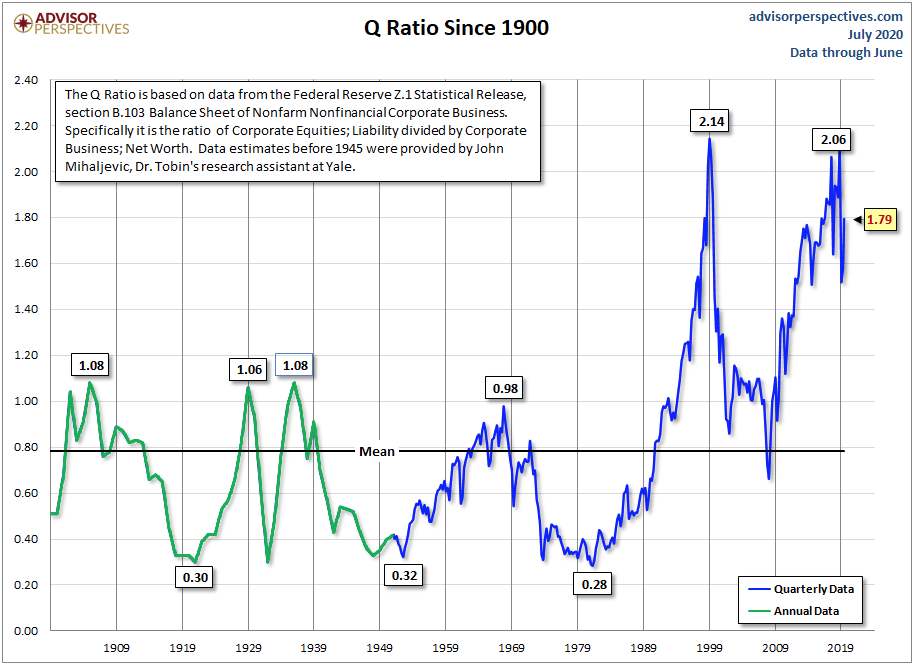You’re about to leave this website. Click Here to open the link and visit the external site.
Active Alts Contrarian ETF (SQZZ)
Investment Objective: The investment objective of the Active Alts Contrarian ETF is to seek current income and capital appreciation.
Active Alts Contrarian ETF (SQZZ) Risks:
http://activealts.com/risks/
It is possible to lose money by investing in the Fund. The Fund may invest in other investment companies, and will fluctuate in response to the performance of the acquired funds; therefore, there may be certain additional risk expenses and tax results that would not arise if you invested directly in the securities of the acquired funds.
The Fund may invest in unaffiliated and affiliated money market funds; therefore, the Advisor is subject to conflicts of interest in allocating the Fund’s assets among the underlying funds, as it will receive more revenue from affiliated funds than from unaffiliated funds.
Although the Shares of the Fund are approved for listing on the NASDAQ stock market, there can be no assurance an active trading market will develop and be maintained for the Fund’s shares.
The Fund invests in foreign companies, which may be subject to greater risks than investing in domestic companies. Investing in the securities of small and medium capitalization companies generally involves greater risk than investing in larger, more established companies.
The Fund’s investment strategy seeks to invest in stocks in which a significant amount of market participants have taken short positions, when the market participants believe the value of these stocks will decline in the future. If these market participants are correct, the value of stocks in which the Fund invests will decrease, and the Fund will lose money on its investments.
Due to the practice of lending securities, the Fund may lose the opportunity to sell some of its securities at a desirable price.
The Fund’s portfolio is actively managed, and will likely have a higher portfolio turnover rate than non-actively managed portfolios; and it will likely experience short-term capital gains, taxed at shareholders’ ordinary income tax rates.
Shares of Exchange Traded Funds (ETFs) are not individually redeemable and owners of the shares may acquire those shares from the ETF and tender those shares for redemption to the ETF in Creation Units only, see the ETF prospectus for additional information regarding Creation Units. Investors may purchase or sell ETF shares throughout the day through any brokerage account, which will result in typical brokerage commissions.
SQZZ Prospectus: http://activealts.com/downloads/2016.09.21_Active_Alts_Contrarian_ETF_PRO.pdf
SQZZ’s distributor is Foreside Fund Services, LLC

